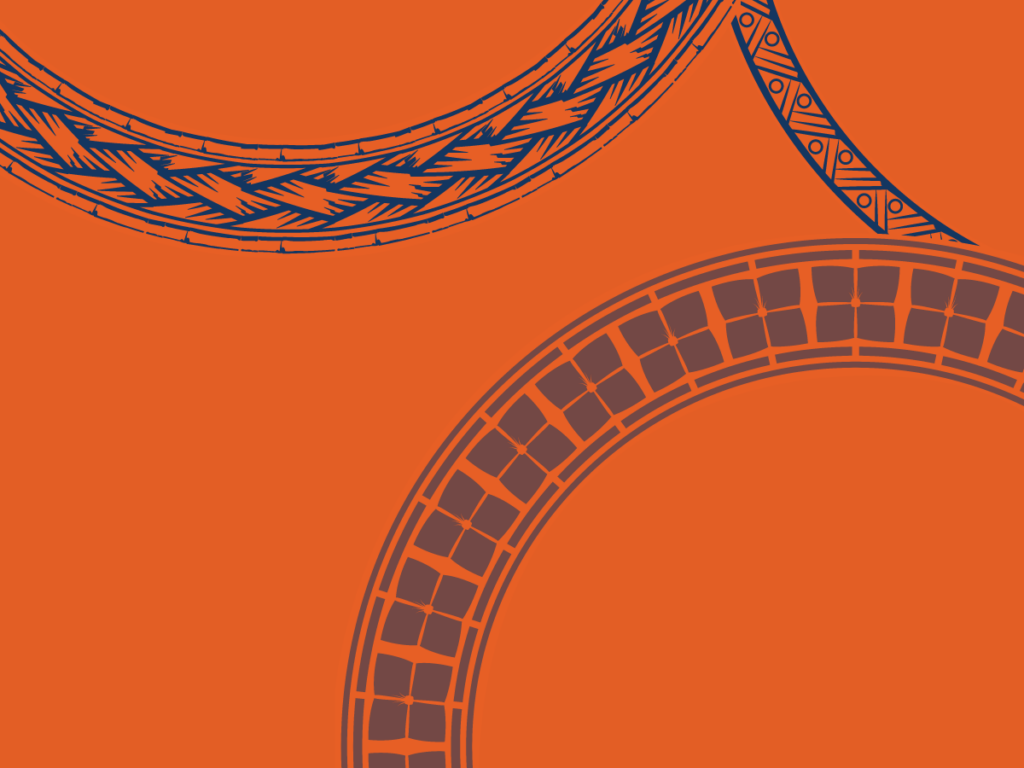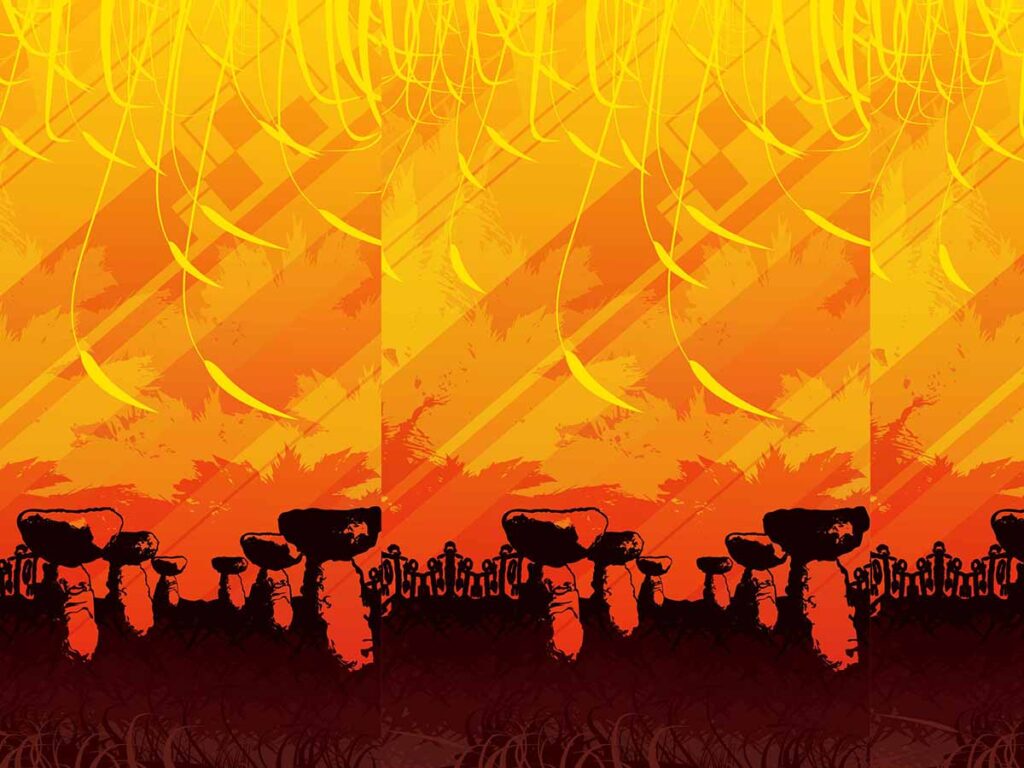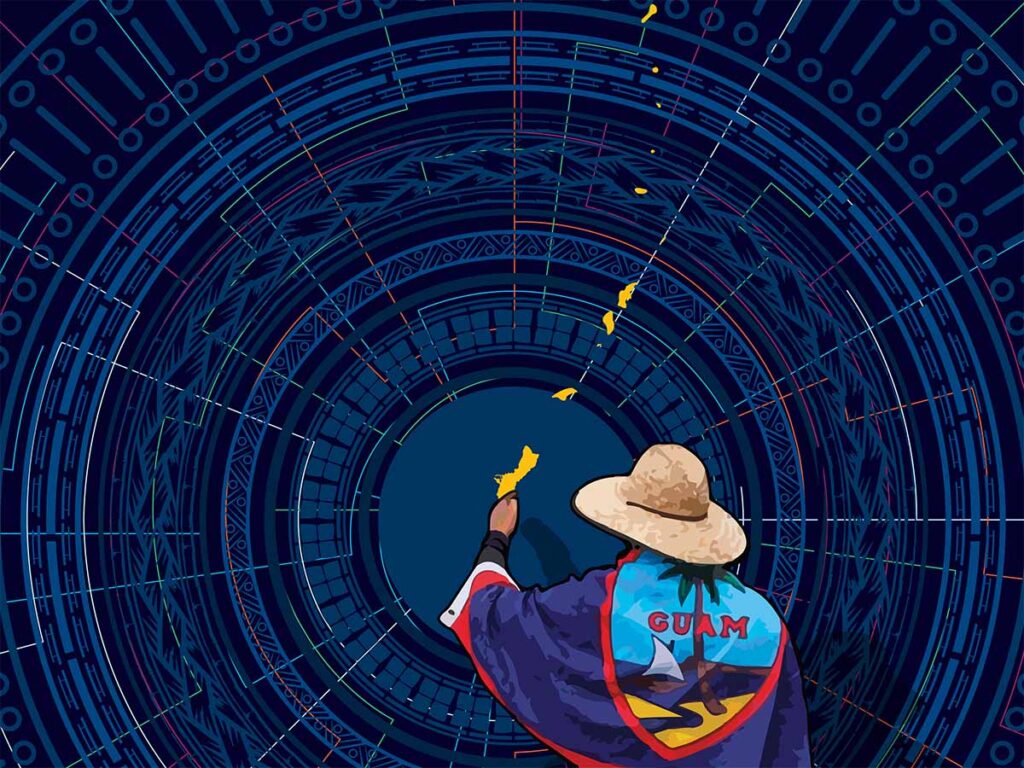Section 8: Organic Act
CHamoru perspectives have many times been at the periphery of the federal government’s decisions regarding Guåhan’s political affairs. An example of this was the signing of the Organic Act of Guam into law by President Harry S. Truman in Washington, DC, on 1 August 1950.
Section 8: Organic Act Read Post »









